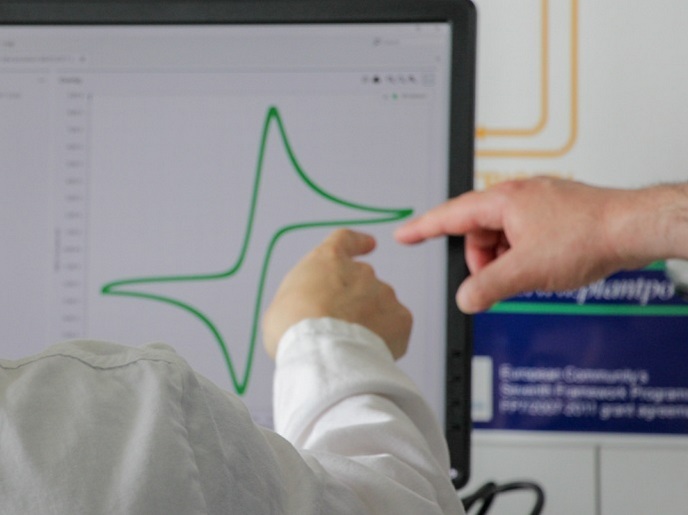Retracing the steps towards the origin of life
We know that metabolism is a life-sustaining process, but how did it get started – and what role did it play in the emergence of life on Earth? The CARBONFIX (Towards a Self-Amplifying Carbon-Fixing Anabolic Cycle) project, which received funding from the European Research Council, has shed new light on this question by examining how simple molecules can self-organise to trigger chemical reactions similar to those happening during biological metabolism. The metabolism of organisms requires enzymes as catalysts, and these enzymes can only be produced in living cells. The CARBONFIX researchers identified mechanisms which are similar to those involved in metabolism, but can occur without the presence of enzymes under specific conditions. They examined metabolic processes used by ancient life to convert CO2 into organic compounds and recreated non-biological analogues of these CO2-fixation pathways.
Mimicking nature
The two biological processes found in ancient life that the project attempted to replicate are most commonly known as the Wood–Ljungdahl pathway and the reverse Krebs cycle. “Both convert CO2, protons and electrons into a small set of molecules made up only of carbon, hydrogen and oxygen – which also happen to be the universal building blocks of biochemistry,” says Joseph Moran, professor at the Institute of Supramolecular Science and Engineering ISIS in Strasbourg, who received an ERC grant to lead CARBONFIX. “While many scientists think that the two pathways, possibly working together, could have played a role in the origin of life, there was little experimental evidence so far to support this idea.” To mimic the Wood–Ljungdahl pathway, the researchers placed metallic iron, nickel or cobalt into warm carbonated water. This triggered a reaction which converted the CO2 into formate, acetate and pyruvate – the same intermediates as in the metabolic pathway. Work on the reverse Krebs cycle delivered similar conclusions. The researchers were able to show that metal ions and metallic iron can promote more than half the reactions that make up the cycle without the presence of enzymes. Further research is aiming to achieve the full cycle. These results could have important implications for the origin of life, because they indicate that these biological pathways might have emerged before enzymes existed. “In this model, a complex, self-organised chemistry occurs non-enzymatically and is later refined by evolution to give rise to metabolism as we know it today,” Moran explains. “This would also provide direct insights into why metabolism functions the way that it does - because it started that way.”
Green synthesis
In addition to providing us with new clues about our past, the CARBONFIX project may have opened up new perspectives for a greener future: producing a full reverse Krebs cycle could provide an effective way of removing CO2 from the atmosphere. Moreover, the reactions identified could represent a first step towards developing methods to transform CO2 into useful chemicals by identifying cheap and simple catalysts. “Acetic acid is one of the main components of vinegar, while pyruvic acid is useful for biological research,” Moran adds. He cautions, however, that further work is required to get there: “Finding a way to convert the transiently formed products into a single useful compound could eventually make this a viable solution. We are currently collaborating with specialists in heterogeneous catalysis to explore this possibility.”
Keywords
CARBONFIX, origin of life, metabolism, chemistry, enzymes, catalysts, CO2-fixation pathway, Wood–Ljungdahl pathway, reverse Krebs cycle, green synthesis







